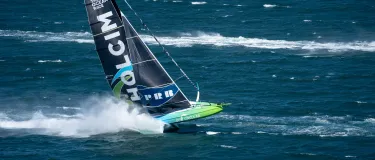HOW CAN WE GO CIRCULAR?
We expect 70% of the world population to be living in cities by 2050, adding 2.5 billion people. Cities will play a critical role in shifting from a linear “take-make-waste” economy to a circular “reduce-regenerate-recycle” one.
As we sail around coastal cities, we see the importance of circular construction in advancing this vision. That’s why we are taking our GO CIRCULAR campaign from sea to city – to connect with partners and local thought leaders wherever we go to create awareness and open the dialogue for circular cities.
With GO CIRCULAR, Team Holcim-PRB sails the world to preserve our oceans, with a call to action to accelerate the shift to circular building and living.
During the last edition of The Ocean Race, the team gathered scientific data as part of the largest ever marine science program during a sports event, with over four million data points collected. These water and air samples were shared with the World Meteorological Organization.
Team Holcim-PRB did the same during the Vendée Globe 2024, collecting up to 25,000 samples each day with the help of the OceanPack.
MARINE RESEARCH
As we race around the globe our team collects water and air samples, from edges of the world where no-one goes, collecting data that is shared with the World Meteorological Organization to advance climate science and global weather forecasting. We are proud to contribute scientific data to enhance marine science programs when sailing around the world.
COLLECTING DATA TO HELP SCIENCE
The data that Team Holcim-PRB collects provides the world’s leading science organizations with valuable information, in real-time, to paint a more accurate picture of what is happening to the ocean and the important role it plays in maintaining a healthy planet. This vital data is helping scientists get more information that is currently lacking on two of the biggest threats to the health of the seas: the impact of climate change and plastic pollution.
HOW THE DATA IS USED
The collected data is open-source and shared with The Ocean Race’s science partners – organizations that are examining the impact of human activity on the ocean.
They use it in reports that inform and influence governments across the world. This includes reports from the Intergovernmental Panel on Climate Change (IPCC) along with databases such as the Surface Ocean Carbon Dioxide Atlas, which provides data for the Global Carbon Budget, a yearly assessment of carbon dioxide that informs targets and predictions for carbon reduction.
Part of the data gathering also supports efforts by international organizations who work together as part of the Global Ocean Observing System, a network aimed at improving understanding of our one ocean.
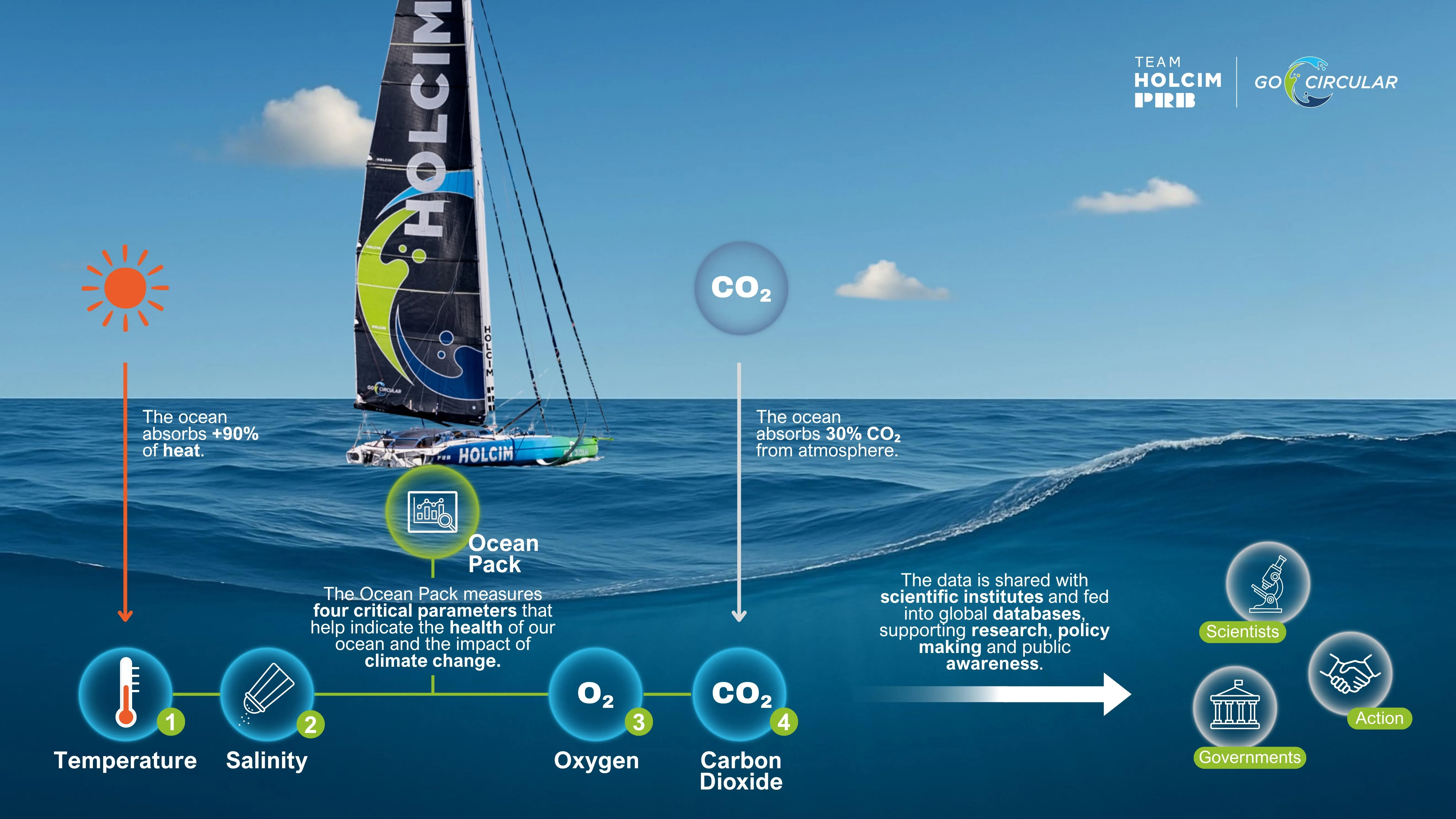
Credit: The Ocean Race
HOW CAN WE CONTRIBUTE TO A CLEANER OCEAN: Circular Explorer
The Circular Explorer, a first-of-its-kind 100% solar powered catamaran, is designed to preserve vital marine ecosystems in a sustainable way. It has an average collection rate of 500 kg/day.
The Circular Explorer includes an education program to empower students and local communities as change makers to lead the shift toward circular living.
Taking a science-driven approach for more impact, the Circular Explorer partners with the University of the Philippines Marine Science Institute to advance ocean research. With built-in sensors and micro-plastic collectors on board, it drives live data mapping along its journey to fuel the faculty’s research programs.
Watch the Ocean Titans episode about the Circular Explorer.

DISCOVER THE BRAND BEHIND THE TEAM
Holcim is the leading partner for sustainable construction, creating value across the built environment from infrastructure and industry to buildings. Headquartered in Zug, Switzerland, Holcim has more than 48,000 employees in 45 attractive markets – across Europe, Latin America and Asia, Middle East & Africa. Holcim offers high-value end-to-end Building Materials and Building Solutions, from foundations and flooring to roofing and walling – powered by premium brands including ECOPlanet, ECOPact, and ECOCycle®.
